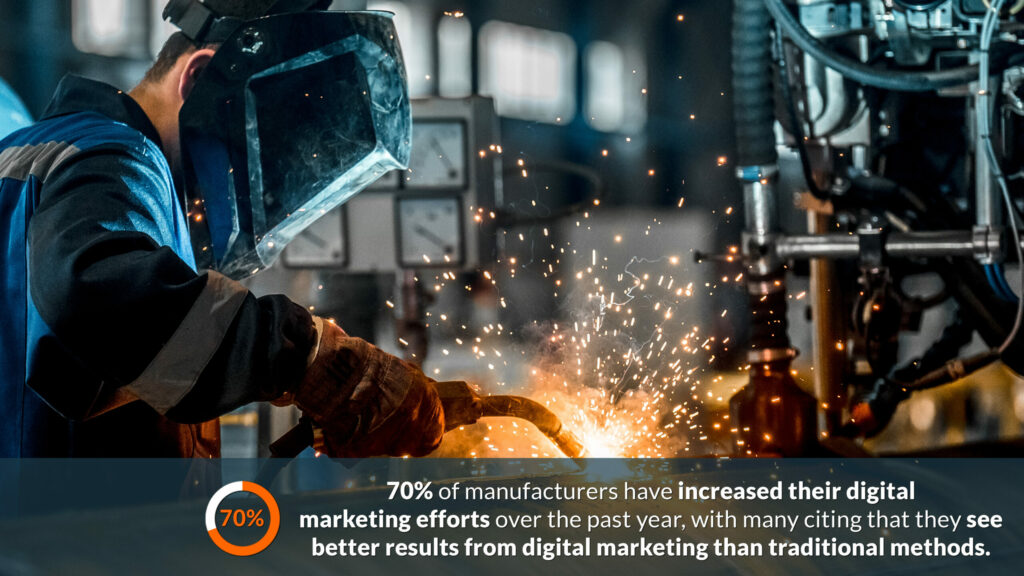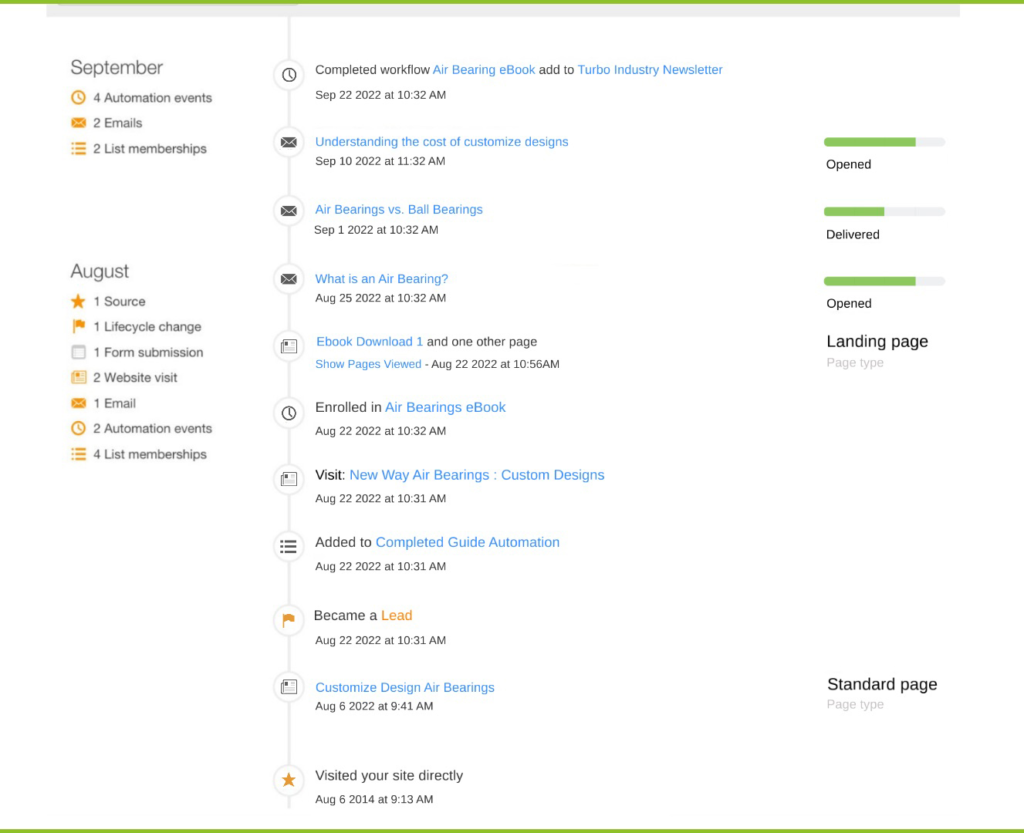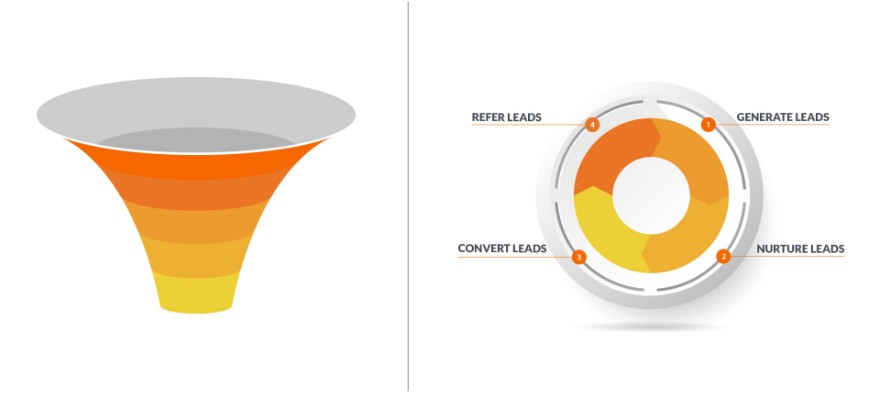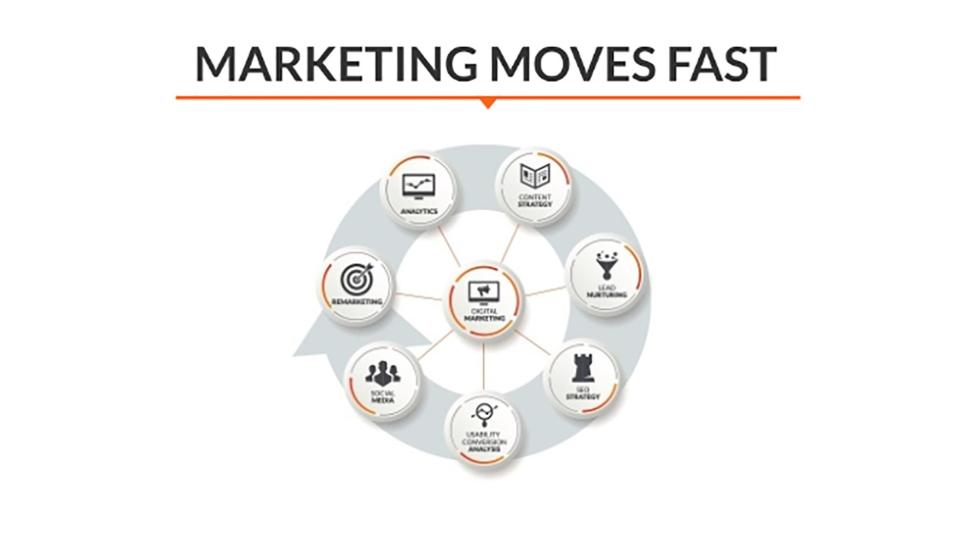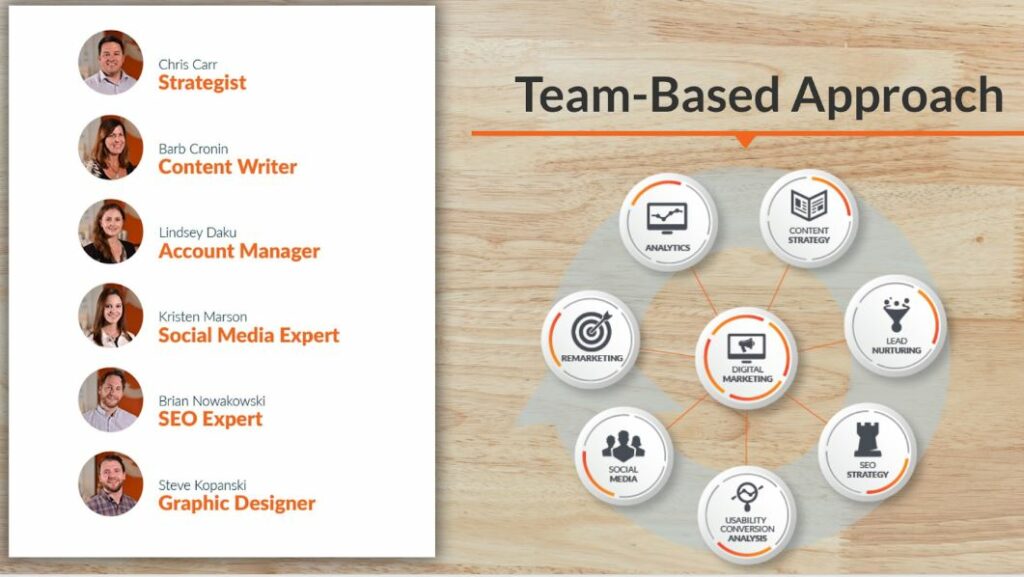In fact, Marcus Sheridan, the author of They Ask, You Answer, is famous for his “Teach to Reach” Approach. Seek first to educate before you begin to sell prospects on the value of your products and services.
A recent Content Marketing study found that most manufacturers don’t know what steps they need to take to increase their reach. This includes understanding the difference between traditional marketing methods like advertising and PR and newer digital techniques such as social media, SEO, and programmatic ads.
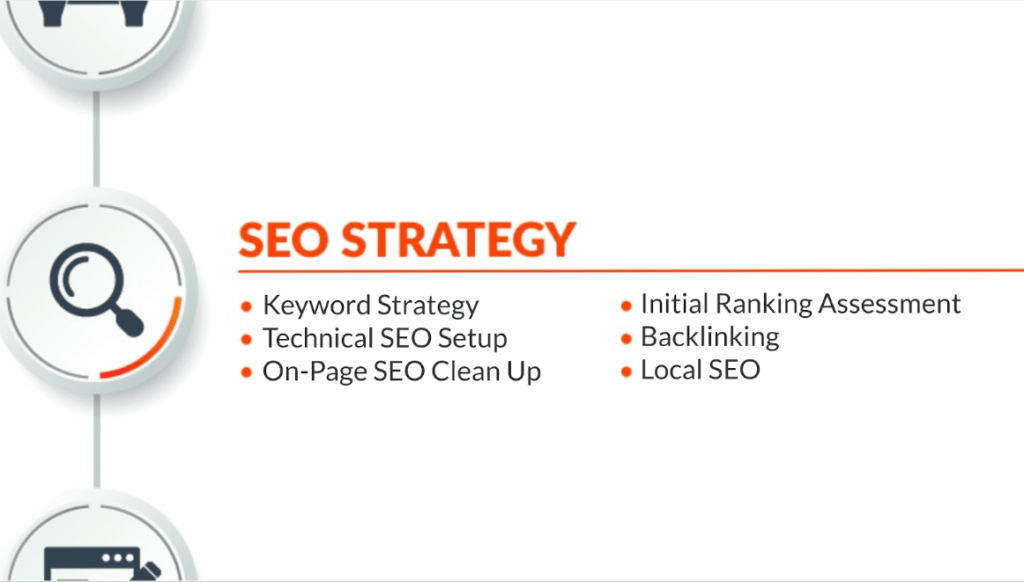
SEO
SEO is both an art and a science, and we’ve written countless articles on SEO, but here’s a quick overview of SEO to guide you.
Manufacturing companies often struggle to get their websites ranked well in search engines. This is because they don’t have enough time or resources to invest in improving their site. They also lack knowledge about Search Engine Optimization (SEO) strategies.
There are several ways to optimize manufacturing sites for better rankings. These include:
- Effective keyword research, including competitor analysis
- Creating high-quality content
- Building a backlinking strategy
- SEO-optimizing existing content and webpages
- Technical SEO (set-up, hosting, technical code)
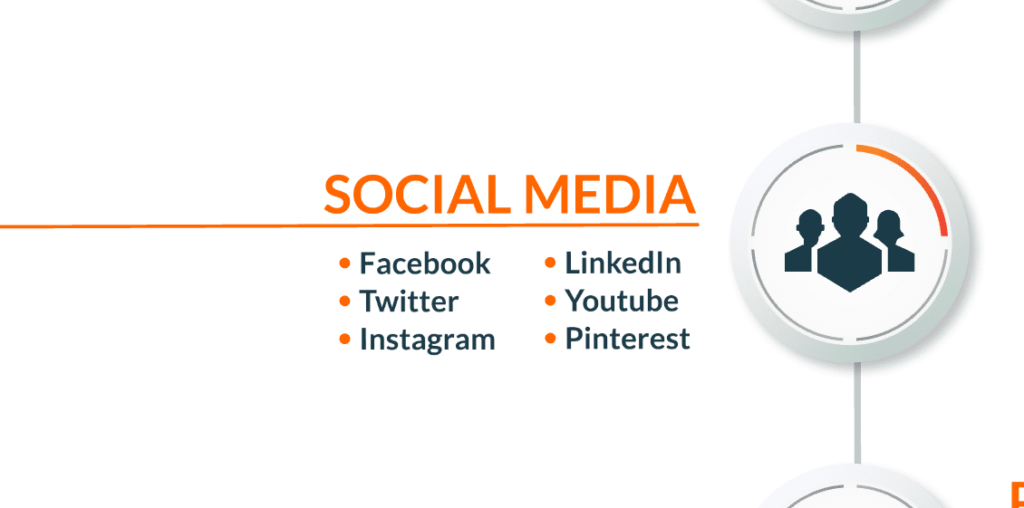
Social Media
In the age of digital marketing, social media is increasingly becoming a vital tool for businesses to use. However, it isn’t just about posting pictures of cats and sharing funny videos; there are many reasons why manufacturers should utilize advanced social media tactics. In fact, according to Forrester Research, “social media is now a $13 billion market.” With that being said, here are three ways manufacturers can use social media to boost sales and profits.
- Scheduling Innovative Content
The most effective way to engage consumers with your product is to provide useful information and insights. By creating innovative content and providing helpful tips and tricks, you’ll be able to increase consumer trust and loyalty.
The trap, however is doing something we call RAM: Random Acts of Marketing.
Part of doing this successfully is to design an editorial calendar that allows you to go from being a reactive marketer to a proactive marketer. Just like working on and focusing on your fitness, consistency is the #1 way to get results. Having a social media editorial calendar with posts that highlight relevant statistics, hashtags, and influencer mentions is key to driving engagement on social media and thus, to your site.
Calendars can put out content in 30, 60, 90, or even year-long increments that is eventually rewarded by Google for consistent output.
Since Facebook and other social media platforms killed organic reach to a mere 2%, essentially, what you’re left with in this space is what’s widely called “pay-to-play.” So while it might feel good to have followers, likes, and connections, the only way to actually reach a wider social media audience is to pay for the privilege to do so.
Before you get bent out of shape about that, there are tools to target demographics and lookalike audiences that are second to none in terms of advertising.
Sadly, it all comes down to execution. So if you’re not using an agency to develop a campaign successfully, you’ll waste time, energy, and money, and you’ll quickly start to believe that social media doesn’t work. It does, but you need the right agency to help you.
You probably already know that social media platforms like Facebook allow users to connect with others in their network. But did you know that you can actually utilize those connections to grow your business? This is especially important if you’re trying to find new suppliers or partners. Connecting with influencers in your field could lead to some great opportunities.
So you might be wondering how to do that. The answer is LinkedIn. We view Linkedin as the largest Rolodex in the world. Unfortunately, the platform has a lot of noise, and so it’s absolutely worth the time and effort to develop an approach to networking on LinkedIn that targets influencers. To take it to the next level, you can hyper-target with Linkedin advertising to reach a specific audience based on their location, job title, etc.

Google Ads
Using advertising tools like Google Ads is important when it comes to marketing a manufacturing company. It is measurable, realistic, and should be a key component of your online advertising strategy, according to research conducted by Gartner Research.
Paid Ads, including Google search ad campaigns, are the third largest generator of customer conversions online. According to Google, you can increase brand awareness by up to 80% with carefully crafted search ad campaigns alone.
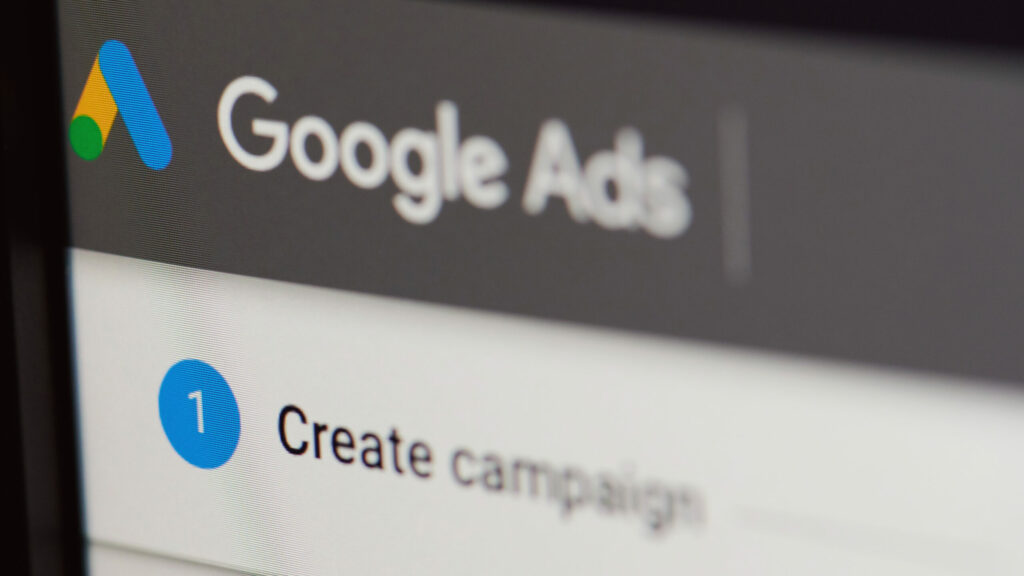
Programmatic Ads
Programmatic advertising allows manufacturers to create custom advertisements through software instead of manually creating each advertisement. This saves companies time and money. The downside is that these programs aren’t perfect and sometimes they don’t perform as expected.
Advertisers who want to reach consumers through mobile devices often choose programmatic advertising over direct marketing methods such as email campaigns. In fact, according to eMarketer, global spending on programmatic advertising crossed $27.4 billion in recent years.
Measuring interaction effectiveness:
The best way to measure the success of your marketing efforts is to look at the overall performance of your interactions. This includes everything from the quality of leads generated, to the number of people talking about your brand, to the amount of traffic coming into your website. In addition, it helps you understand what type of content works well for your audience and where you might want to make changes.
To start measuring your interactions, we recommend using Google Analytics. You can use several different reports within GA to determine the most effective ways to interact with your target audience and potential customers. For example, you could see which campaigns are driving the highest levels of revenue or which types of content generate the greatest engagement. If you’re looking for even deeper insights, you can also set up custom segments based on specific criteria like gender, age group, location, device, etc.
Once you’ve got the data flowing, you’ll need to decide what metrics matter most to you. Some of the most important ones include:
- Cost Per Lead – How much does it cost to acquire each qualified lead?
- Dwell Time – How long do visitors spend interacting with your site?
- Bounce Rate – What percentage of visitors leave without clicking anything?
- Conversions – Which content drives the most sales?
- Revenue – Which channels drive the most revenue?
Making data-driven decisions is key to marketing success. What we find is that many businesses struggle to prove ROI on their marketing and resort to what we call RAM (Random Acts of Marketing). These stranded approaches rely on hunches, best guesses, or trends––none of which lead to long-term success.
By defining your metrics, carefully measuring them, and retooling your approach based on what the data tells you is a surefire way to keep your marketing efforts on target.
